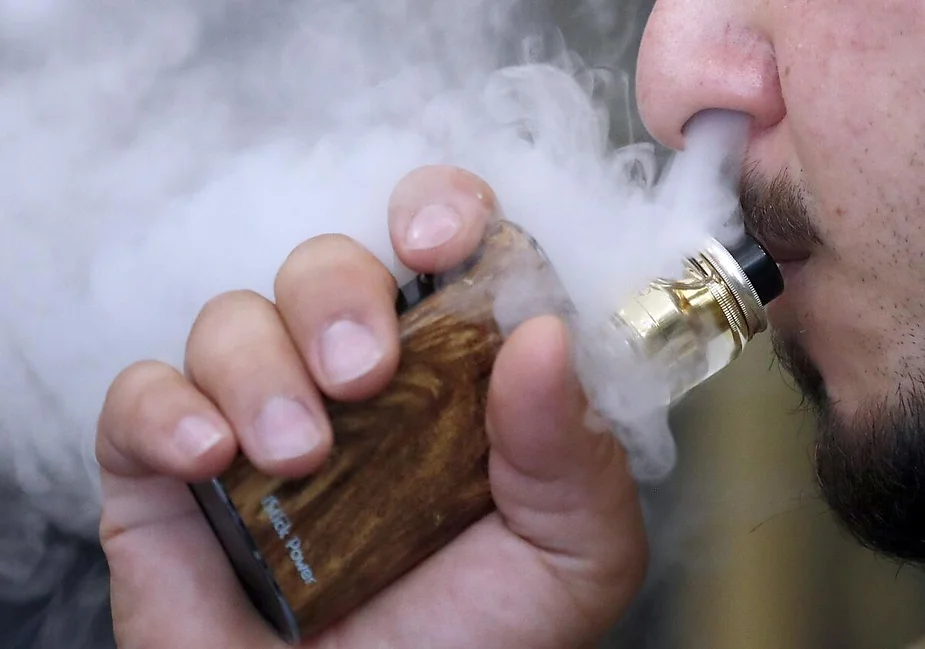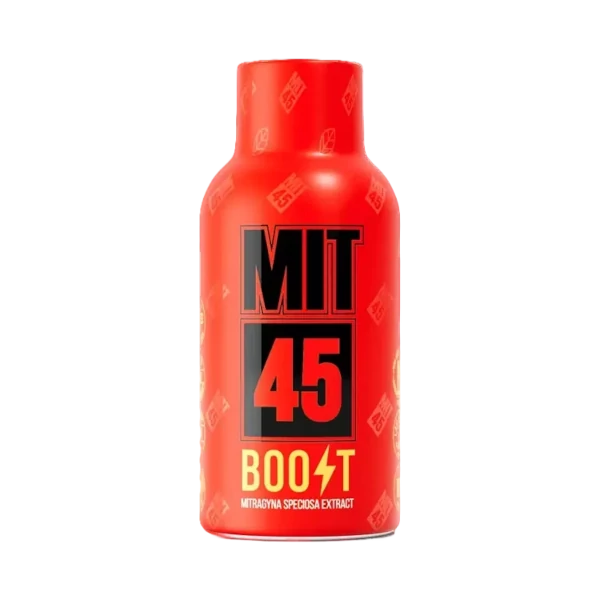In recent years, the debate between vaping and smoking, especially in the context of Mushroom Gummies and Delta 8, has ignited multiple conversations across the world. As individuals and most health professionals grapple with the implications of both vaping and smoking. This discussion is not just about picking the lesser of two evils; it’s about understanding the intricacies of addiction, health, and societal impressions. Let’s explore the degrees of vaping versus smoking, examining the evidence to better understand their roles in modern society.
The Health Perspective
Smoking, long familiar for its damaging health effects, is the leading cause of unnecessary death globally. Cigarettes comprise thousands of chemicals, including at least 70 known compounds. When a Cigarette is lit, its burning process discharges multiple toxic elements that directly impact not just the smoker’s health but also that of those exposed to the smoke near the smoker. Diseases associated with smoking include lung cancer, heart disease, stroke, and chronic obstructive pulmonary disease (COPD).
Vaping is familiarized as a less harmful alternative to smoking; basically, it simulates the smoking experience without burning tobacco and harmful toxins. E-cigarettes heat a liquid that often contains nicotine, flavorings, and smoke compounds to create an aerosol, or vapor, inhaled by the user. The critical distinction here is the absence of burning that significantly reduces the user’s exposure to the toxic chemicals that are present in cigarette smoke. Public Health England has famously stated that vaping is 95% less harmful as compared to smoking, a figure that has been both influential and controversial at the same time.
However, vaping has its risk factors as well. The inhalation of vapor has been associated with respiratory issues that have been recently noticed by multiple hospitals and specialists, and the long-term health effects remain largely unknown. Additionally, the presence of nicotine in most e-liquids nurtures concerns about addiction and the potential for vapes to serve as a gateway to traditional smoking, especially among young individuals.

Societal And Environmental Impacts
The debate extends beyond individual health to consider societal and environmental concerns. Smoking is a significant source of litter, with cigarette barrels polluting urban sites and streams. The tobacco industry also has a prominent ecological impression, from tobacco farming to the chemical processes involved in manufacturing cigarettes.
Whereas vaping reduces some of these environmental drains, it introduces new challenges, such as the disposal of vape cartridges and batteries. The visual similarity of vaping to smoking has sparked debates about its impact on smoking stabilization and public smoking bans, with concerns that vaping in public places could weaken efforts to deformalize smoking behavior. Delta 8, a variant of THC, has also emerged in vaping products, raising additional health and legal questions.
Regulation and Public Health Policy
The supervisory landscape for vaping and smoking is complex and varies widely by authority. Many countries have firm regulations on smoking, including bans on smoking in public places, high taxes on cigarettes, and restrictions on advertising for smoking. As compared to smoking, vaping regulation is still evolving with time, and technology is bringing in new ways for young people to smoke, with authorities attempting how to balance the probable benefits of vaping as a pause to smoking, utilizing vaping as a tool against the risks of addiction and youth curiosity.
Public health policies increasingly recognize the need for a nuanced approach to vaping and smoking. Some advocate for harm reduction strategies, suggesting that encouraging smokers to switch to vaping could significantly reduce health risks. Others caution against underestimating the potential for addiction and the unknown long-term effects of vaping.

Conclusion
The debate about vaping versus smoking, and now with the emergence of dispensary options, is far from steady, and we think it can never be stabilized. While vaping appears to offer a less injurious alternative for current smokers, it is not risk-free. The challenge for society and young individuals is to navigate these risks and balance the potential public health benefits of vaping as a stopping tool against the need to protect non-smokers and young people from nicotine-harmful compound addiction and other health risks.
The research continues to evolve with time, and so will our understanding of these complex issues related to smoking. What remains clear is the need for continuous caution, comprehensive regulation, and public education to ensure that efforts to battle against smoking do not accidentally lead to a new generation addicted to nicotine.



